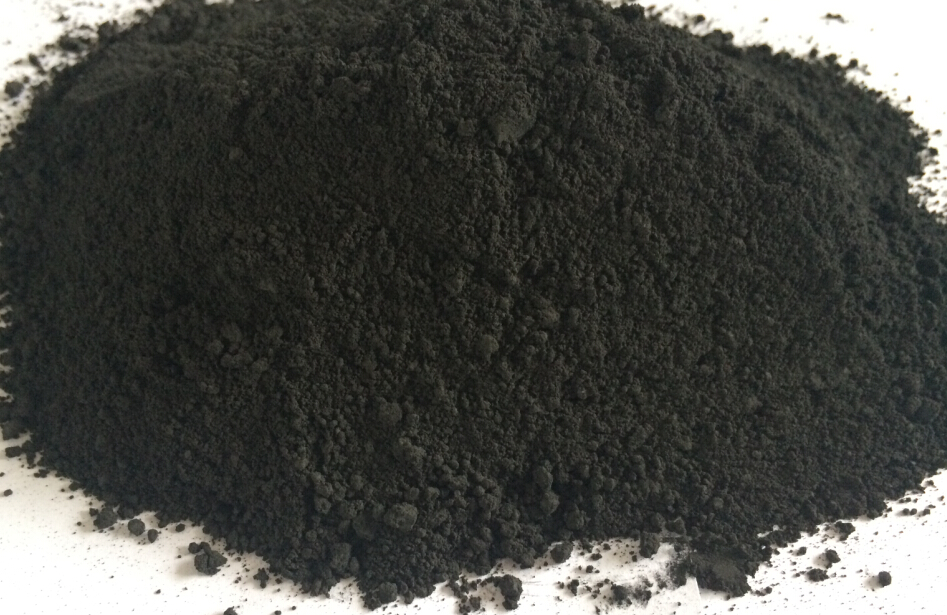Configuring the Method
To accurately achieve the desired results as shown in the table below, the method if the CS1232 Carbon Sulphur analyser first needs to be configured correctly.
- Set your lance delay time to the maximum time of the sample. This effectively turns off the lance purge. This needs to be done to prevent saturation of the Carbon IR cell. This happens because Carbon will be released from the sample very quickly.
- Set your maximum time to 600 seconds. This is to make allowances for the sample mass being used. The software will stop the analysis according to the end of analysis settings that are set.
- Set the baseline offset voltage to 50mV. As the Carbon concentration for Graphite is typically above 60%, you need to ensure that the settings used here is suitable for your instrument.
- Set the baseline end time (the time required that the sample must meet the stability settings for it to be deemed “stable” before the end of analysis is computed) to 15 seconds.
- Set the baseline stability (the allowable value that can vary from the computed/current baseline valve) to 15mV. This settings works in conjunction with step 4 above.
Typical Results
| COUNTER | SAMPLE ID | WEIGHT | % CARBON |
|---|---|---|---|
| 180 | Graphite-01 | 0.2046 | 94.5573 |
| 181 | Graphite-02 | 0.2034 | 94.7354 |
| 182 | Graphite-03 | 0.2017 | 94.9464 |
| 183 | Graphite-04 | 0.2002 | 94.8345 |
| 184 | Graphite-05 | 0.2029 | 94.9485 |
| 184 | Graphite-06 | 0.2023 | 94.5674 |
| 186 | Graphite-07 | 0.2032 | 95.4679 |
| 187 | Graphite-08 | 0.2027 | 95.562 |
| 188 | Graphite-09 | 0.2035 | 95.7675 |
| 189 | Graphite-10 | 0.2008 | 95.5984 |
| Standard Deviation | 0.4559 | ||
| Mean | 95.0985 | ||
| Number of Samples | 10 | ||
| 95% CI | 0.2826 |
Weighing the sample
It is very important to keep everything as clean as possible. This means all weighing utensils, the balance pan and the workspace else the weighed crucible could pick up fine graphite particles that will bias the result. It is also very important that any air conditioning or air flows within the lab are not directed at the weighing work area. This is because graphite is extremely light in mass and will easily be blown about the work area contaminating it
Balance enclosures
Add a balance enclosure to your lab. They are great for weighing very light samples and prevent the sample from being subjected to air flows within the lab caused by air conditioning systems/ventilation.
Analysing the Sample
Once the samples have been weighed, place the sample carousel into the CS1232 Carbon Sulphur analyser. Make sure that the furnace is at temperature 1350-1400° C. You can run the analyser at a lower temperature but the this will extend the analysis time. The temperature stated is the normal operating temperature that will allow you to measure Sulphur species as well.


